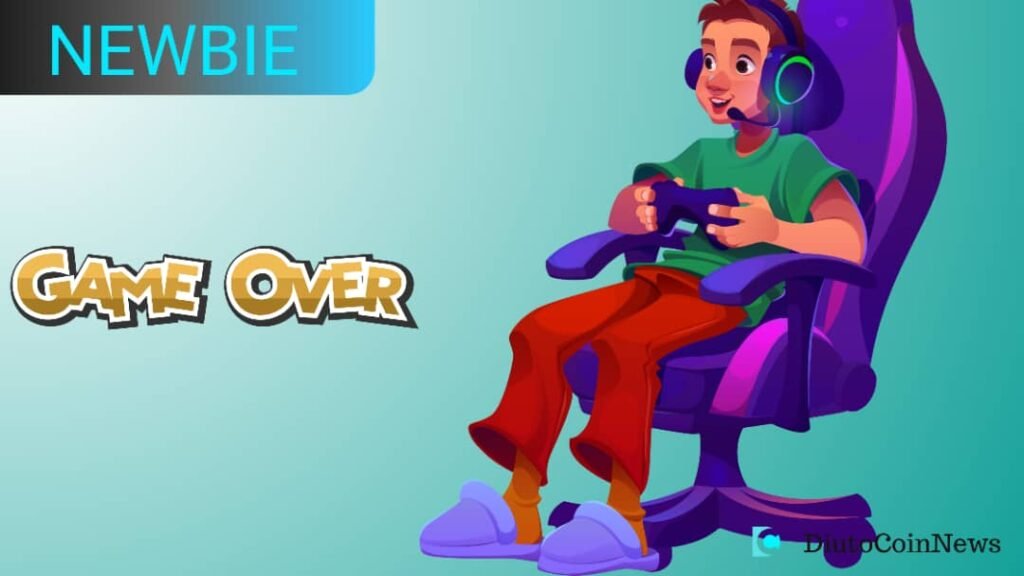GameFi, short for “Gamified Finance,” refers to the integration of blockchain technology into gaming, creating a model where players can earn economic rewards through their gameplay.
Unlike traditional gaming, where you play solely for entertainment, GameFi allows you to earn cryptocurrencies, NFTs, or other in-game assets that can be traded or converted into real-world value. Essentially, GameFi blends entertainment with financial opportunities.
How Does GameFi Work?
GameFi projects utilize various models to reward players. Some common models include:
1. Earning Rewards: Players can earn cryptocurrencies or NFTs by completing tasks, competing in battles, or progressing in the game.
2. Trading Assets: In-game assets like avatars, land, or items are tokenized as NFTs, enabling players to trade them on secondary marketplaces for profit.
3. Passive Income: Players can generate income through staking, renting, or lending NFTs without needing to play actively.
Comparison with Traditional Gaming
In traditional gaming, you can buy in-game assets, but you often can’t sell them or exchange them for real-world value. In contrast, GameFi offers real ownership of in-game assets, allowing players to resell or trade items on marketplaces, putting control in the hands of the players rather than the game developers.
Digital Asset Ownership in GameFi
One of the key features of GameFi is real ownership of digital assets such as avatars, land, pets, and tools. These assets can be sold, rented, or used within the game to generate revenue. Some GameFi projects even allow players to host events, build virtual worlds, or engage in decentralized finance (DeFi) activities, further enabling monetization.
Decentralized Finance (DeFi) Integration in GameFi
Some GameFi projects incorporate DeFi features, such as:
Staking: Players can lock up tokens for rewards, potentially earning passive income.
Liquidity Mining: Players provide liquidity to exchanges in exchange for incentives.
Governance: Players can vote on game policies and development through decentralized autonomous organizations (DAOs), influencing the direction of the game.
Getting Started in GameFi
Before engaging in GameFi, it’s essential to do your research, as each project has different models and income-generation mechanisms. To get started:
1. Set up a compatible crypto wallet (e.g., MetaMask, Trust Wallet).
2. Ensure the wallet is connected to the correct blockchain (e.g., Ethereum, Binance Smart Chain, or Avalanche).
3. Be cautious of scams and only use official game websites.
4. Evaluate the game’s requirements, such as whether an NFT or token purchase is necessary to participate.
GameFi’s Potential and Risks
GameFi is still evolving and offers significant potential for innovation in both gaming and blockchain integration. While traditional gaming studios may adopt blockchain elements and decentralized ownership, there are risks involved, such as security vulnerabilities, scams, and economic sustainability challenges. It is essential to conduct thorough research before investing.
Although GameFi’s long-term success remains uncertain, the industry continues to push gaming beyond mere entertainment into financial opportunity.
Discover more from DiutoCoinNews
Subscribe to get the latest posts sent to your email.













